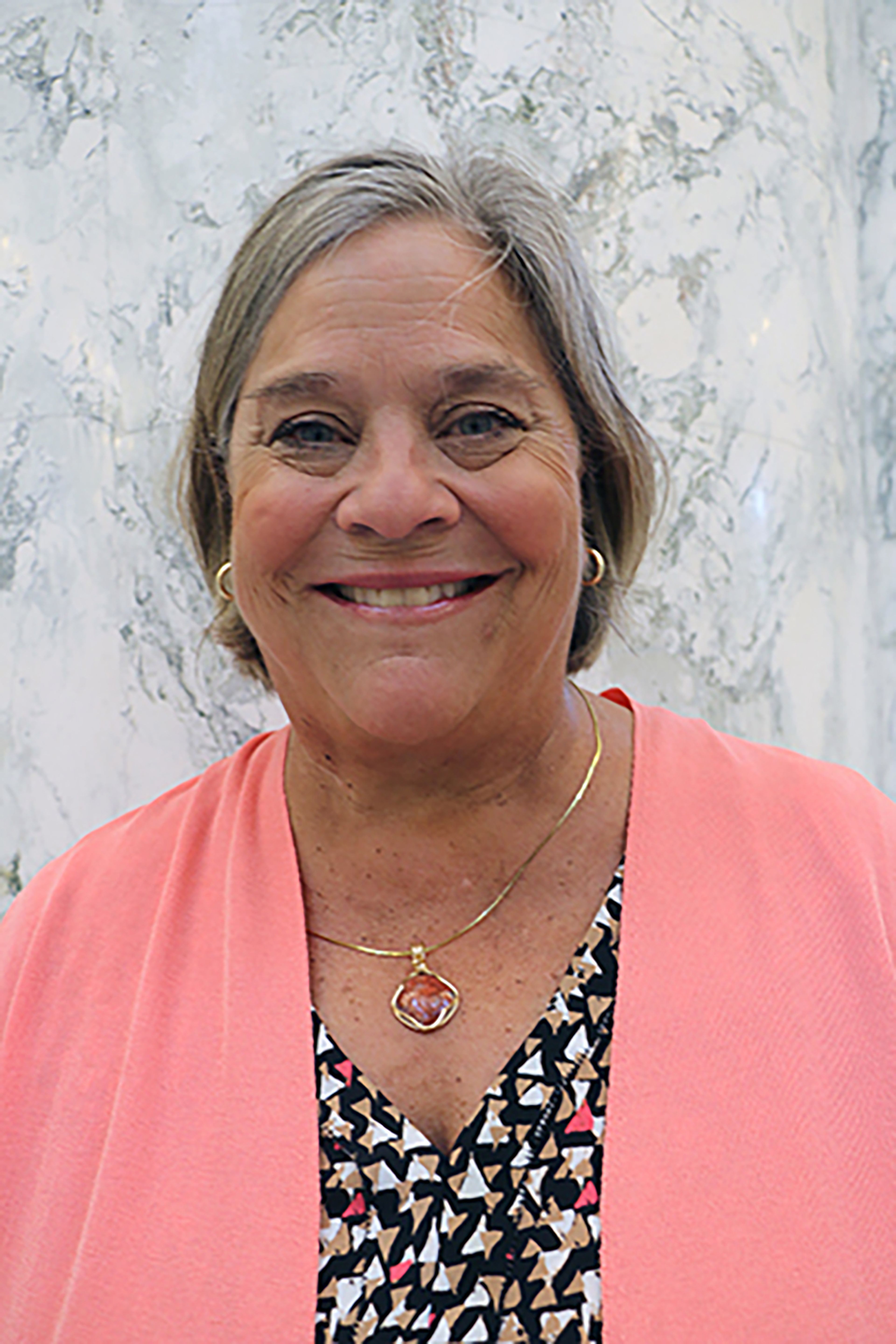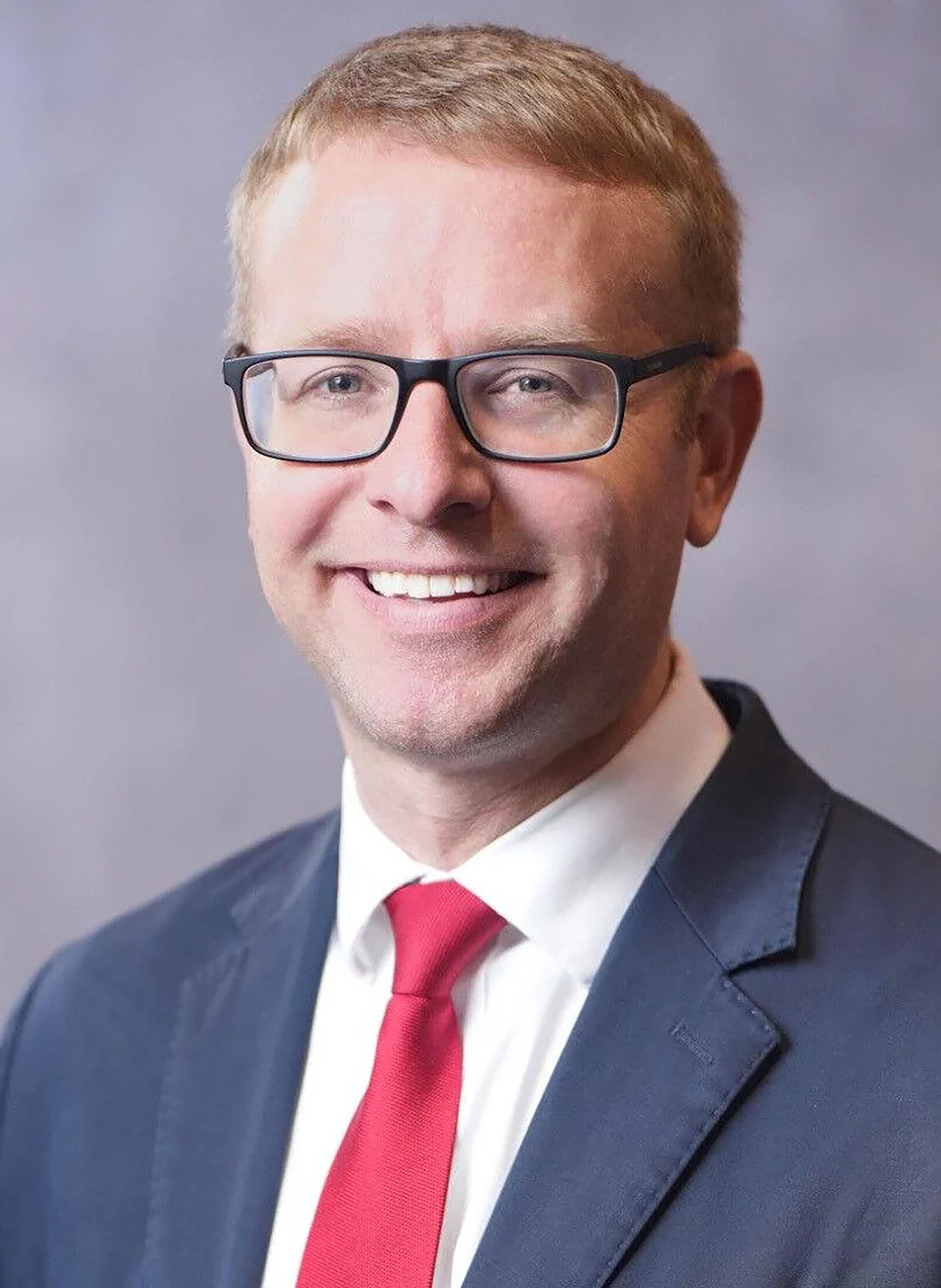Idaho closes nearly all short-term rentals housing foster youth
Challenges persist in finding treatment for children who need it
BOISE — This summer, a girl entered Idaho’s foster system who needed treatment. She bounced around from the state’s new foster facility in Payette, to a hospital, to a psychiatric hospital, and back and forth for three weeks before the state found her an appropriate care setting out of state.
In the past, the girl may have stayed in a short-term rental, such as an Airbnb, until something opened up, but the state is now moving away from this practice largely because of a law passed this session by the Legislature.
“She needed some very special one-on-one care,” Youth Safety and Permanency Administrator Jean Fisher said. “We want to close up these Airbnbs, the temporary housing, so it took all the resources we had and we finally got her placed, and she’s in a good place now.”
Fisher heads a new position overseeing the state’s child welfare system that was created after the new director of the Idaho Department of Health and Welfare reorganized the department’s leadership.
MOVING KIDS OUT OF CONGREGATE CARE ‘AN ENORMOUS TASK’
SB 1379 is aimed at limiting the number of foster care youth in congregate care settings and took effect July 1, and Fisher took her position as the new administrator overseeing child welfare July 8 — the next day, she received about 230 cases to review of children in congregate care, or settings where more than one child or sibling group reside.
The intent of the law paired with the health agency’s new director Alex Adams’ hyper-focus on the foster system has resulted in the closure of almost all of the department’s short-term rentals.
As of Wednesday, there was one rental still operating with one child housed there.
Fisher said the department is actively looking to place that child somewhere else and end the lease.
The child, like many who had been housed in short-term rentals, has complex health and behavioral needs that can make placement more difficult. The review every two weeks for every child in congregate care as required by the law is “an enormous task,” Fisher said.
Difficult-to-place youth had been a rising problem for the department. From November 2022 to November 2023, the agency placed 179 foster youth in short-term rentals because they lacked other places to go, the Idaho Press previously reported.
Last November, leadership at the agency said there were usually between 15 and 28 children staying in the rentals at any time.
Many of the youth require residential care for mental health, substance abuse disorder or other behavioral health issues, and there still isn’t enough of this treatment available in the state. There are currently 65 Idaho foster youth receiving treatment out of state.
Fisher said she had as many as 20 people working to find a placement for the aforementioned young girl who ended up out of state.
“It’s amazing how many people we can have working on solving a problem when we just don’t have the resources in the state,” she said.
Some of this pressure has been eased by the opening of the Payette Assessment Center in May. The agency opened a 16-bed facility staffed with clinicians so foster youth with a variety of health needs, such as those with developmental disabilities or mental health issues, can access residential treatment until there’s a better placement option.
There’s a similar facility planned to be opened in a separate area of a juvenile corrections facility in Lewiston; the department is still in the planning stages for this facility.
Fisher said that although the review is burdensome, she values the law’s intent to perform regular evaluations to determine if the young people are in the right place for the right amount of time.
“It’s more important for me to know that they are making progress actually in treatment. … I am not a clinician, but I do have the capacity to at least look at it through different eyes,” Fisher said.
She said there have been examples of her moving someone who hadn’t made progress in their treatment in months, and staff found that youth a more suitable facility.
NEW ADMINISTRATOR, NEW VISION
Before getting the call from Adams asking her to join the department, Fisher had mostly retired after working for more than 30 years for the Ada County Prosecutor’s Office, focusing on special crimes, including child protection.
She was surprised she got the call, as she felt like she’d spent a lot of the past three decades in opposition to the Department of Health and Welfare.
“I mean, I constantly felt like we were at odds with each other instead of partners, and I could never understand why we couldn’t communicate better, why we couldn’t work better together, why everything at the department felt so siloed,” Fisher said.
She said Adams’ focus on child welfare helped motivate her to come out of retirement to take the position.
Her vision includes providing the resources and training to bolster the legal aspects of child welfare in an effort to get children’s cases through the courts as quickly as possible.
It also includes disclosing information with the courts in a more transparent way that’s in line with federal rules; previously the department has been more restrictive than required by law.
“To the extent that we can be more open and have open dialogue, pick up a conversation, talk to people — that’s where I wanted to go immediately,” she said.
Another major focus of hers is permanency, which happens when a foster child is either reunited with their biological family or is adopted.
She said the focus on reunification with the biological parents is an important goal and is the best in most cases — but in the cases where it’s not, she wants to move away from it and toward adoption sooner.
“We should be doing that instead of making these kids go from foster to foster to foster and back with parents to give it a trial, and then it doesn’t work. … It’s just heartbreaking to see how long some of these cases string out,” she said.
The improvements to the system that she and Adams are seeking are a department-wide effort, she said.
At the beginning of July, there was a ratio of foster families to foster children of 0.75; in October, that number rose to about 0.91.
“I feel like we’re just catching all the air that we can right now,” Fisher said. “We’re doing everything we can.”
Guido covers Idaho politics for the Lewiston Tribune, Moscow-Pullman Daily News and Idaho Press of Nampa. She may be contacted at lguido@idahopress.com and can be found on Twitter @EyeOnBoiseGuido.









